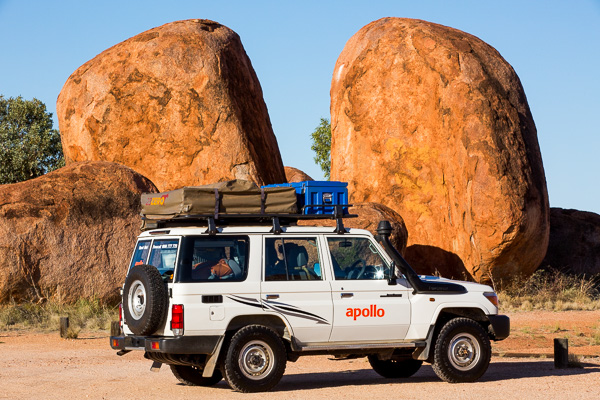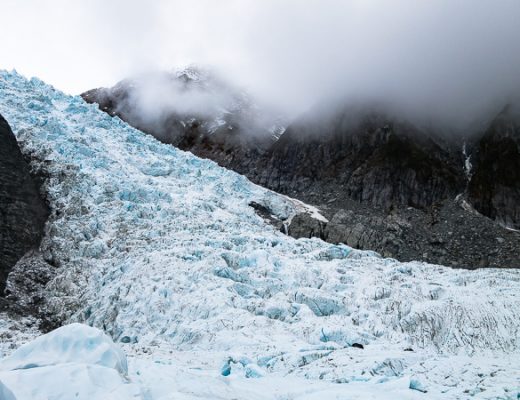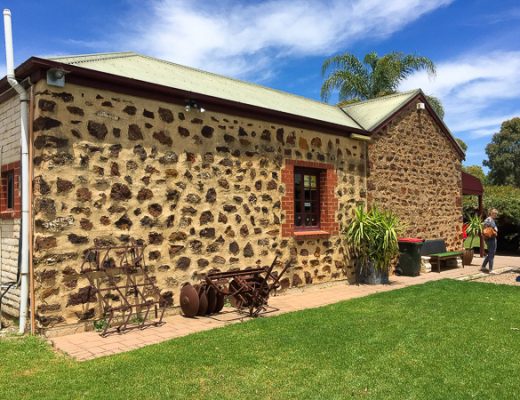Time and money are two traditionally competing factors that travelers have to balance. When you have a surplus of one, you typically have a deficit of the other. Needless to say, time is on our side since leaving our jobs in July, so we’ve had to become more creative in how we utilize our funds while still enjoying our trip. One tool we’ve recently employed to help us see sights while staying on budget has been rental relocations in Australia.
Rental relocation is simply partnering with auto rental companies to help move cars, camper vans, and trucks to where they’re needed. The rental company entices potential drivers by offering cars at very low daily rental rates while the drivers provide a lower-cost relocation option to the company.
So, what does the traveler get out of this relationship? Mainly, a relatively low-cost way to reach a targeted destination. What does the rental company get out of it? A significantly lower-cost option for shifting supply around to where demand is highest.
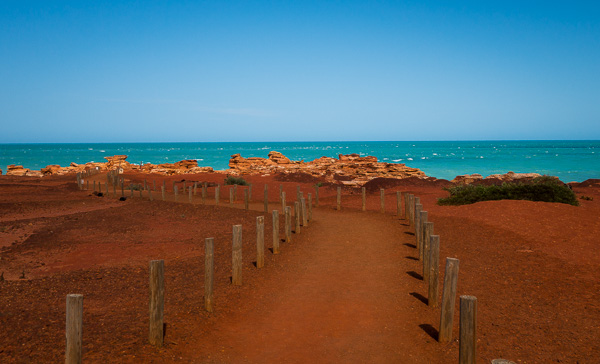
We drove our rental car from Alice Springs in the Northern Territory to Broome in Western Australia. We would’ve missed out on this view if we wouldn’t have used iMoova.
For example, if Apollo (a rental agency with a big presence in Australia, amongst other countries) needs to move a car from Alice Springs to Sydney, they can either do it with an in-house employee or offer it up as a relocation option. If the employee does it, the company covers all expenses including gas, insurance, meals, lodging, and whatever expenses are required to get the employee back to Alice Springs. If they can get a traveler to partner with them on a relocation, they generally only cover a small slice of that overall expense such as a fuel voucher or insurance. Needless to say, the company wins big time in this arrangement.
Surprisingly, the traveler does pretty well also; though not nearly as well as the advertisements for A$1 per day rental rate would imply. Some additional expense items to keep in mind include fuel, any camping or lodging fees, food, and additional insurance costs which totally blow out the advertised day rate. However, even after adding in all of the additional expenses, our experience remains favorable relative to other travel options – just not as much as we originally thought.
We booked our relocation through iMoova, a large rental relocation website that we found had the best offers (others include transfercar, etc.). We were looking for an inexpensive way to get from Alice Springs to Broome in late October and found a listing to move a Toyota LandCruiser 4×4. The offer included A$100 in gas rebates, a A$1 daily rental rate for five days (with an extension available to seven days at A$75 per day for the extra days), and up to 2,900 kilometers (or an extra 150 kilometers with a charge for anything beyond this).
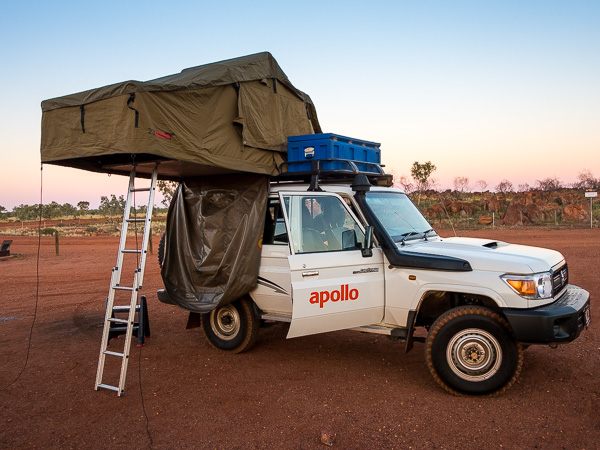
It was neat to sleep in our rooftop tent, but not cool, as temperatures reached nearly 110 degrees Fahrenheit.
The implied rate is so unbelievable mainly because the company isn’t actually trying to make money from the daily rate (and keep in mind, this relocation option costs them almost nothing). They’re simply trying to save on any move costs and if they make a dime on the rental, so be it.
Our total out-of-pocket cost just to get the vehicle was A$250 (about $200 in USD) after adding in supplemental insurance, numerous fees, and a few odds and ends (linen package with pillows, blankets, towels, etc.) for an average daily rate of A$50. However, this was dwarfed by the total trip fuel cost of nearly A$575 as our ride required multiple fill-ups over the 2,700 kilometer distance. Food (about A$100 after we were forced to throw out fruit and veg acquired outside of Western Australia at the boarder crossing and repurchase some) and lodging (about A$30) rounded out the costs. Once we arrived in Broome and returned the vehicle we received money back for fuel bringing the total cost (in USD) to $680 (or a REAL daily rate of $136).
If the cost is so significantly above the implied rate, why are rental relocations still a relatively attractive mode of transport in Australia? Because every mode of transport is expensive here! Our other options for getting from Alice Springs to Broome included flying at nearly A$600 per person, riding a bus which would limit our flexibility and still cost more at nearly A$400 per person, or renting a car or camper van which would have similar costs but with a higher daily rate and no fuel rebate. Therefore, even though our costs came ahead of our expectations, we still got from Alice Springs to Broome the cheapest way possible.
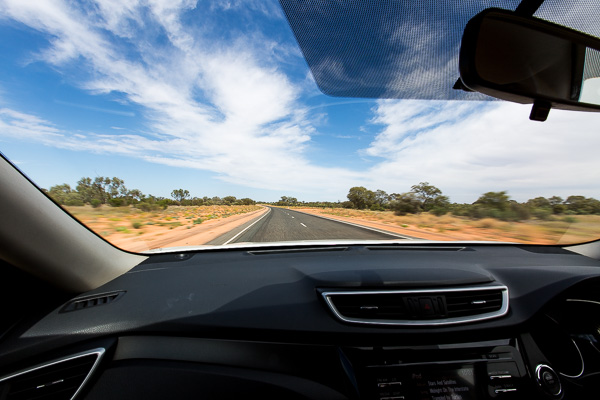
Our view for nearly ALL of the 2,700km to Broome.
So, would we recommend trying a rental relocation in Australia? Yes, but with caveats.
First, adjust the daily rate for the additional fees you’re likely to to come across – mainly extra insurance fees but potentially processing fees, extra driver costs, etc.
Second, check potential sites and activities along the route you’ll be driving. Given we had about 2.700 kilometers to cover in about five days, we needed to average 540 kilometers, or about four to five hours, of driving per day. Our contract stipulated that we couldn’t drive at night meaning the most ground we could cover in a day was around 1,000 kilometers (which we nearly did twice). Also, we were unable to drive on unsealed (dirt) roads, which also limited some of the activities we could choose to do. Luckily, there’s not a ton that we missed on our drive, however, as sites are few and far between on that route.
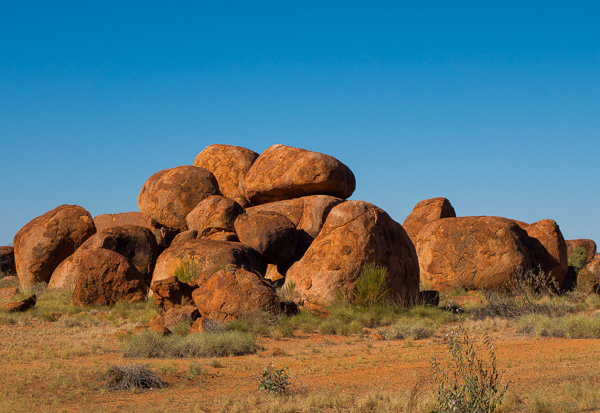
You don’t get to pull over and see this if you fly from place to place!
Third, check the weather for the time of year and locations you’ll be driving through. Our relocation vehicle had a rooftop tent so we ended up camping for most of the drive. While this sounded nice, we didn’t think to check the weather ahead of signing up for this relocation and spent some nights attempting to sleep while it was 42 degrees – for our Fahrenheit friends, that equates to about 110.
Overall, rental relocations present an attractive, more budget friendly option to travel around the country. They allow you to see more and spend less than buses, planes, and trains, but it is important to think of them as another travel tool versus the total solution to the time versus money problem.
